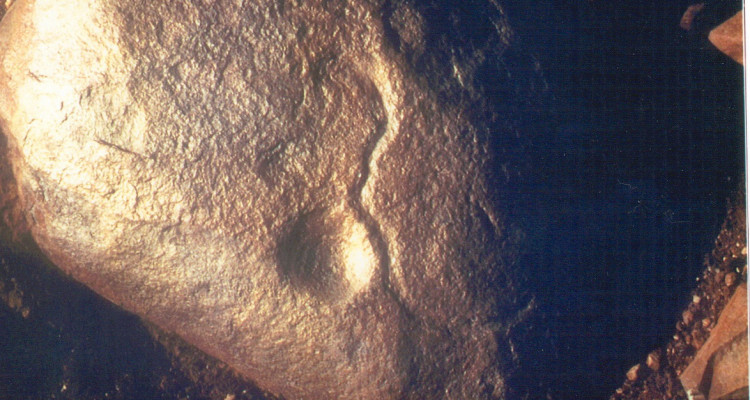Later on the discovery of Bhimbetka rock shelters, Wakankar along with his students of Kalabhawan, Ujjain, carried out scientific numbering of rock shelters, copied and studied rock art there in and did archaeological excavations on behalf of Vikram University Ujjain from 1971 to 1977. V.N. Misra also carried out excavation and study of the site on behalf of Deccan College Pune from 1972 to 1978. Scholars from other Universities both from India and overseas countries also participated in these studies time to time. Of these mention may be made of Shyam Kumar Pandey from University of Sagar, Erwin Neumayer from Austria, Robert R.R. Brooks from USA and Susan Haas from University of Basel, Switzerland. Wakankar’s excavations established the continuity of cultural succession right from chopper chopping tool industry of the Lower Palaeolithic to historic period in the Auditorium Cave, Bhimbetka, BHIM III F-24. His results were corroborated up to Acheulian levels by the excavation of Misra in the adjoining rock shelter BHIM III F-23. It made Bhimbetka, along with its rich rock art heritage, a unique prehistoric site of India. Because of his contribution to prehistoric archaeology, especially rock art studies, Wakankar is rightly regarded as father of rock art science in India. As the recognition to his contributions to archaeology and rock art, the Government of India honoured him with Padmashri in 1974, and the Government of Madhya Pradesh instituted Dr V. S. Waknakr National Award for excellence in Archaeology in his honour in 2005.

